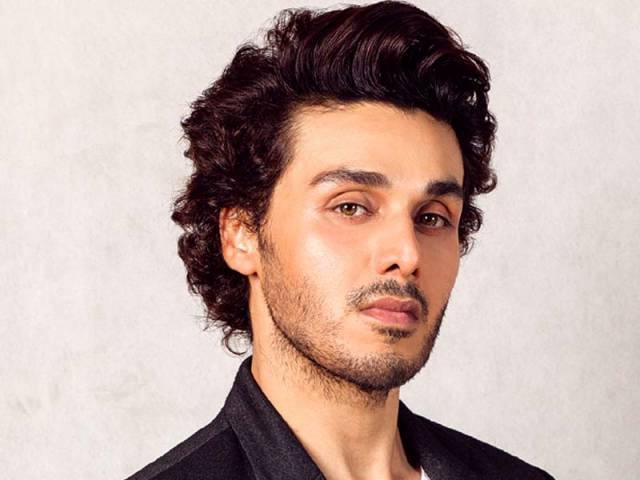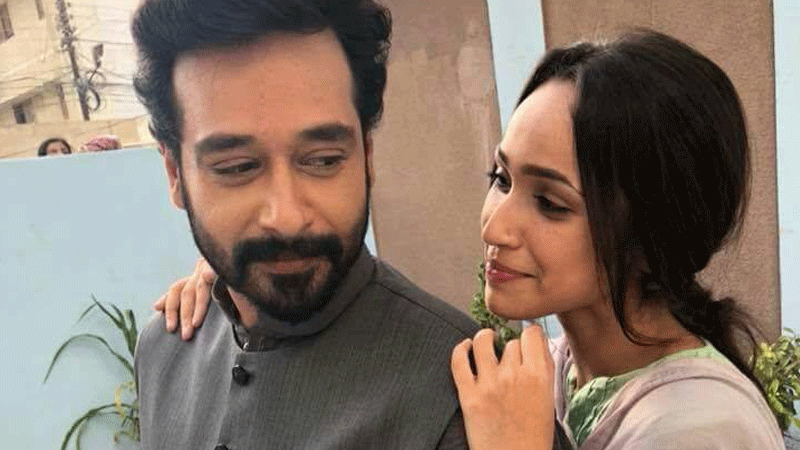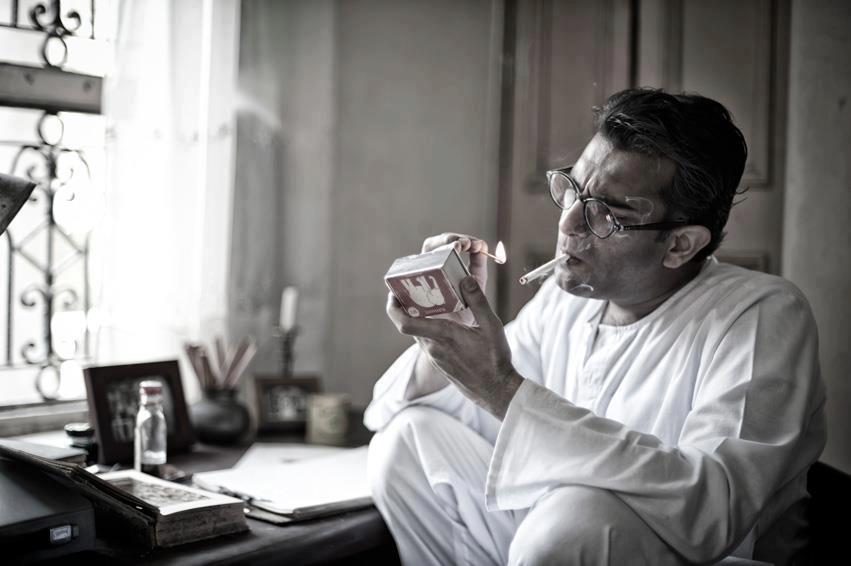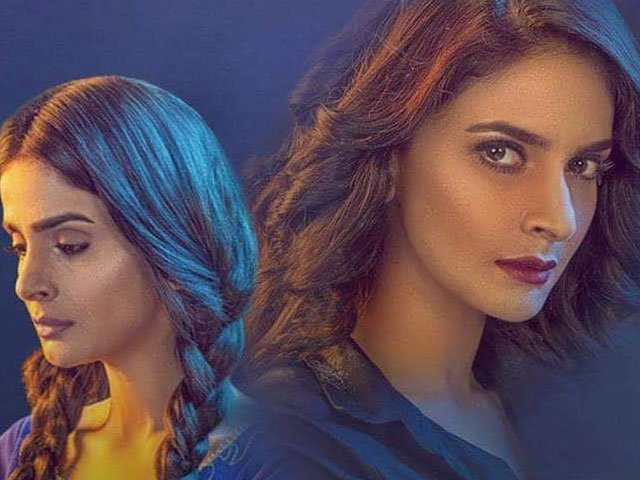
 PHOTO: FILE
PHOTO: FILEBut this dominant mode of entertainment gets a lot of flak from urbane audiences for being too regressive and tropey. TV dramas are often stereotyped as catering to the middle or lower middle class housewife whose life revolves around domestic disputes and daily chores and hence, the content is limited to saas bahu related battlegrounds. While this also shows the power of the average middle class housewife who is often neglected by the rest of the world, in Pakistan, it is she that drives most of the content. If the drama is approved by her, it’s a hit. The formula works and soon you’ll see 15 more dramas following suit and churning out similar themes that have been working in the past.
Pakistani dramas have now reached Netflix and other streaming platforms where they can be watched all around the globe. This has allowed storylines to appeal to diverse audiences and thus drama writers and content experts are shifting from the done and dusted modules to taking risks with storytelling.
 PHOTO: SCREEBGRAB
PHOTO: SCREEBGRABBaba Jani is a drama about a man marrying an ailing woman to help her and her daughter which has a few standard tropes but manages to make a compelling argument about unique relationships. Recently airing Baandi speaks about domestic abuse and exploitation at the hands of the so-called pious begum sahabs and feudal lords. But is this ‘different’ stroke working?
Author Faiza Iftikhar weighs in. “Dramas are made on all kinds of topics,” she says, “but they are still few and far in between. If certain ‘different’ topics get a good response, it encourages channels to make more dramas like those. However, a few good reviews aren’t enough for channel owners. They’re out there to do a business and it’s a demand and supply game.” Iftikhar continues, “Before we blame producers and channels, we have to gauge the taste and the standard of the people who are watching our dramas. Each year, channels do try to dabble into stories that are different and off beat such as Manto and Aakhri Station last year. If they get a good response from a monetary and business point of view, then more dramas like that can be made.”
 PHOTO: FILE
PHOTO: FILEDr Ali Kazmi has produced dramas on gender bias (Mubarak Ho Beti Hui Hai), rape (Muqabil) and the recently released Mohsin Abbas Haider-starrer based on pedophiles (Meri Guriya). He mentions, “As a producer I can say, as far as TRPs are concerned, the highest TRPs come when the woman is the victim and is weak. Whenever the woman is shown as a strong and capable person, it doesn’t get accepted. I felt that lower or middle class women tend to relate to a victimised woman more than a strong one.” Speaking from experience, Kazmi shares, “My recent drama, Balaa, has a strong woman and it’s getting a good word of mouth. But, the central female protagonist is very strong but in a negative way. So in my understanding of making dramas, all those features which have had a woman as the victim have done well.”
 PHOTO: PUBLICITY
PHOTO: PUBLICITYEchoing Iftikhar’s sentiments, novelist Amna Mufti says, “Currently, dramas are being written for an industry. Therefore the success or failure of any drama is connected to how the industry responds. Pakistan still has a very low literacy rate and the range of intelligentsia and standard of intellectualism is also low.
Therefore any experimental or intellectual topics are difficult to create. That said, over the years many such tests have come about and are still being worked on. It all depends on what the people want. Those who critique our dramas have never thought that our people have lowered the standard of political critique and satire to political theatrics and macabre slapstick comedy.”
 PHOTO: SABA QAMAR/INSTAGRAM
PHOTO: SABA QAMAR/INSTAGRAMShe adds, “Satire and comedy was once at the level of Patras Bukhari and Lehri but where is that level now? Drama is still better, comparatively because you still see, every now and then, topics that are new and innovative. Resultantly, drama is in fact the only industry that isn’t in decline.”
As the industry grows, as audience numbers increase and the reach furthers, dramas are now slowly gearing towards producing content that is relatable not just for the lower middle class housewife but for men and women of all socioeconomic levels.
Have something to add to the story? Share it in the comments below.















1714029027-0/Tribune-Collage-Feature-Images-(11)1714029027-0-270x192.webp)
1714027629-0/Ranbirtransformation-(1)1714027629-0-270x192.webp)


















COMMENTS
Comments are moderated and generally will be posted if they are on-topic and not abusive.
For more information, please see our Comments FAQ